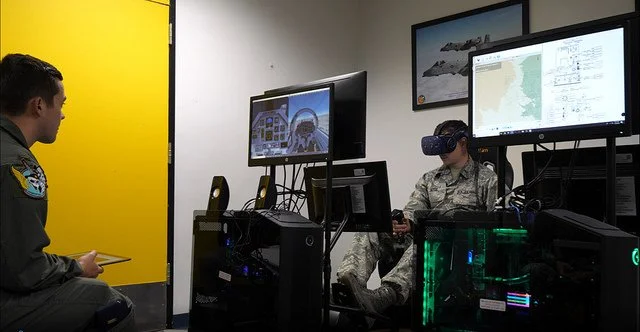OPTIMUS
Challenge
The existing evaluation process for U.S. Air Force flight instructors for recording pilot evaluations was outdated and inefficient. Instructors documented pilot evaluations on paper during or after flights, then manually transferred the information into an Excel spreadsheet back at their office. This dual-entry workflow was not only tedious and time-consuming but also prone to delays—often taking up to two weeks to fully process a single evaluation due to competing responsibilities.
Approach
My goal was to modernize and streamline the evaluation process without disrupting the instructors' workflow or adding complexity. I began with comprehensive research to understand user needs and the constraints of the current system. While digitization was the obvious solution, I needed to validate that users would adopt and trust the new system.
I conducted user interviews with flight instructors and training staff to uncover pain points and identify behavioral patterns. From this, I developed user personas and journey maps to guide the design direction. Initial wireframes were created and tested with real users to validate functionality and usability.
Based on feedback from usability testing, I refined our designs and iterated quickly. Once I had a high-fidelity prototype, I simulated flight conditions in a virtual environment to test the system in realistic scenarios, ensuring it met both usability and operational requirements.
Results
The final prototype was a mobile-enabled digital evaluation tool that allowed instructors to complete assessments during the flight. Evaluations were automatically synced to their office systems upon return, eliminating redundant data entry.
This solution reduced the end-to-end evaluation process from two weeks to under two hours—dramatically improving efficiency, data accuracy, and instructor workload.


